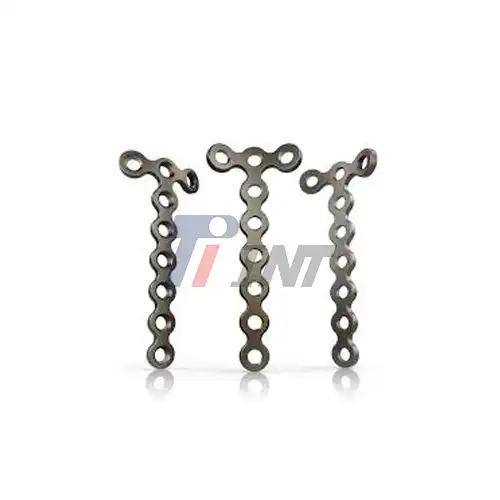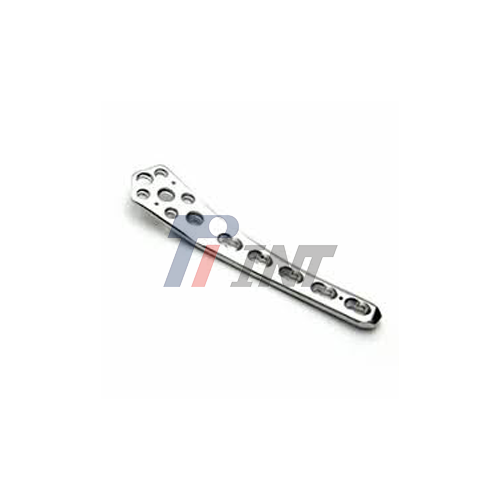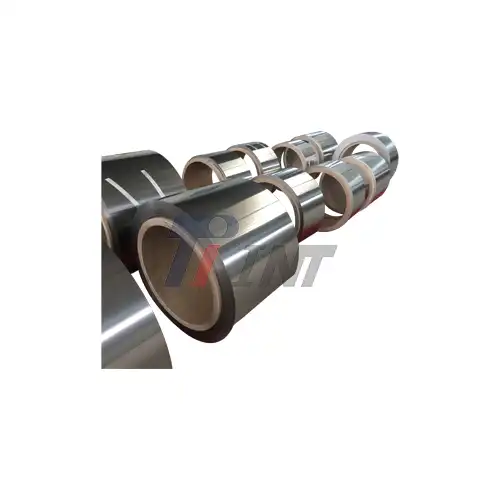The Science Behind Titanium Plates in Fracture Recovery
Understanding Titanium's Unique Properties
Titanium's remarkable properties render it an optimal material for bone fracture plates. Its high strength-to-weight ratio ensures robust support without adding excessive bulk, which is essential for patient comfort and ease of movement. Additionally, titanium's biocompatibility is crucial as it minimizes the risk of adverse reactions and promotes integration with surrounding tissues. This seamless interaction between titanium and the body's natural processes is fundamental to faster healing and overall recovery.
How Titanium Plates Facilitate Bone Healing?
Bone healing is a complex process, and the titanium plate for bone fracture plays a vital role in optimizing this natural phenomenon. These plates provide stable fixation, creating an environment where osteoblasts – the cells responsible for bone formation – can effectively bridge the fracture gap. By maintaining proper alignment of bone fragments, the titanium plate for bone fracture ensures the formation of a strong callus, which is the preliminary stage of new bone growth. This stability is critical for successful healing and long-term recovery.
Comparative Advantages over Traditional Materials
When compared to traditional materials like stainless steel, titanium plates offer significant advantages. Their corrosion resistance ensures longevity, even in the body's challenging internal environment. This durability reduces the need for revision surgeries, which is a major benefit for both patients and healthcare systems. Moreover, titanium's lower elastic modulus, which is closer to that of bone, helps prevent stress shielding. This phenomenon occurs when the implant bears too much load, leading to bone weakening. Titanium plates, therefore, provide a more balanced support, promoting healthier bone regeneration.
Advancements in Titanium Plate Design and Application
Customization and Precision Engineering
Modern titanium plates for bone fractures have evolved beyond a one-size-fits-all approach. Advanced manufacturing techniques like 3D printing and computer-aided design enable highly customized solutions. Surgeons can now use plates that are precisely tailored to a patient's unique anatomy and fracture pattern, ensuring a perfect fit and optimal function. This precision extends to the plate's thickness, contour, and hole placement, which are all meticulously engineered to enhance surgical outcomes and promote faster recovery.
Innovative Surface Treatments
The surface of the titanium plate for bone fracture has become a key area of innovation. Researchers have developed various treatments to improve the plates' performance. For example, nano-textured surfaces can significantly enhance osseointegration, the direct structural and functional connection between living bone and the implant surface. Some plates also feature bioactive coatings that release growth factors or antibiotics, which further support the healing process and reduce the risk of infection, making these titanium plates for bone fracture more effective and safer for patients.
Integration with Minimally Invasive Techniques
As surgical techniques shift towards minimally invasive procedures, titanium plates have been adapted to meet these demands. Manufacturers now produce low-profile plates that can be inserted through smaller incisions, reducing surgical trauma and accelerating post-operative recovery. These advancements align with the broader trend in orthopedics towards procedures that minimize soft tissue damage while maintaining high efficacy in fracture fixation. This integration of titanium plates with minimally invasive techniques represents a significant step forward in orthopedic surgery.
Clinical Outcomes and Patient Experiences
Accelerated Rehabilitation Protocols
The use of titanium plates for bone fractures has revolutionized rehabilitation protocols. Patients can often start controlled movement earlier in their recovery, which is crucial for preventing joint stiffness and muscle atrophy. This early mobilization, enabled by the robust fixation of titanium plates, significantly contributes to faster functional recovery and improved long-term outcomes. The ability to engage in physical therapy sooner helps patients regain strength and mobility more quickly.
Long-term Follow-up Studies
Longitudinal studies tracking patients with titanium plate for bone fracture fixation have yielded highly encouraging results. These investigations demonstrate high rates of fracture union, low incidences of hardware failure, and excellent functional outcomes. Importantly, long-term follow-ups show minimal issues with metal sensitivity or other adverse reactions, reinforcing the biocompatibility of titanium implants. These findings highlight the durability and effectiveness of titanium plates for bone fracture in supporting long-term recovery.
Patient Testimonials and Quality of Life Improvements
Beyond clinical data, patient testimonials highlight the real-world impact of titanium plates. Many patients report faster returns to daily activities and work compared to traditional treatment methods. The psychological benefits are also significant, with patients expressing increased confidence in their recovery and reduced anxiety about re-injury. These subjective improvements in quality of life underscore the holistic advantages of advanced fracture fixation techniques, emphasizing the positive impact on both physical and mental well-being.
Conclusion
The advent of the titanium plate for bone fracture marks a significant leap forward in orthopedic care. By leveraging the unique properties of titanium, these implants offer a synergy of strength, biocompatibility, and customization that accelerates healing and improves patient outcomes. As research continues and technologies advance, we can anticipate even more refined and effective solutions in fracture management. For those facing the challenge of bone fractures, the titanium plate for bone fracture represents not just a medical device, but a pathway to swifter recovery and restored quality of life. For more information on cutting-edge titanium medical products, including plates for bone fractures, please contact us at export@tiint.com.










 2025-06-23 16:19:05
2025-06-23 16:19:05
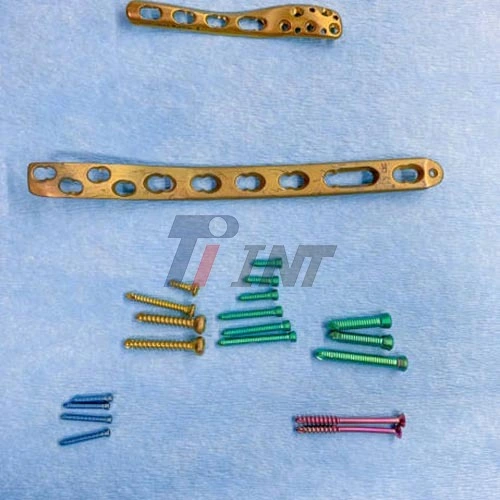

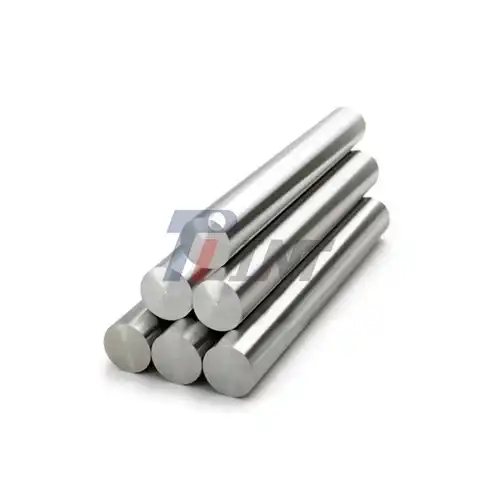
_1752462199458.webp)
_1750668472070.webp)
